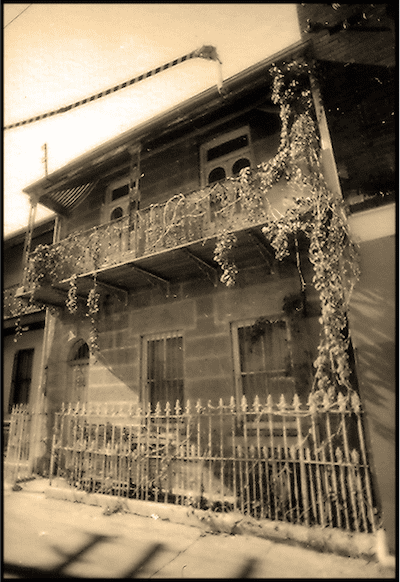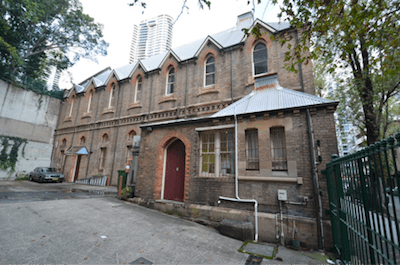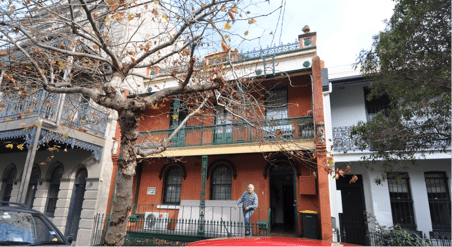Professional Associations
 | Owners of heritage buildings are saddled with high maintenance costs. Listing authorities do not factor this in when deciding to list a property. Rappoport believes that it is essential to asceratin both the immediate capital costs of urgent repairs as well as ongoing maintenance costs. Owners cannot be expected to meet all these costs. The community gets the benefit of the listing without any costs to it. Governments are backwards in coming forwards with grants and financial assistance. In the end – who pays for heritage? |
The dual nature of a listed heritage property’s value gave rise in the 1970s to the phenomenon of heritage listing. Conceived as a means of protecting historic places, the lists were drawn up by cultural heritage professionals. However, the lists were not indexed to any cost implications for owners. Instead, the identification of heritage places was required to meet cultural significance benchmarks only – historic, aesthetic, associational, technical and social significance.
The schism between a heritage building’s real estate value and its cultural value allowed the heritage lists to grow independently of any information concerning the property’s owner, his financial position or future costs of maintenance generated by the listing. Unwittingly, this process engendered a contingent of disaffected owners who express resentment at the double bind of heritage listing which is seen by them as not only limiting future development upon their properties but imposing even more costs as a result of the listing – more costs because of a requirement to maintain the asset.
The dual nature of a listed heritage property’s value gave rise in the 1970s to the phenomenon of heritage listing. Conceived as a means of protecting historic places, the lists were drawn up by cultural heritage professionals. However, the lists were not indexed to any cost implications for owners. Instead, the identification of heritage places was required to meet cultural significance benchmarks only – historic, aesthetic, associational, technical and social significance.
Paul Rappoport – Heritage 21 – 15 July 2011
Related Articles

Physical Evidence – What to look for?
When appraising heritage buildings, one should seek out and ascertain the following list of attributes:
Read more
What is heritage conservation?
Heritage conservation deals with actions or processes that are aimed at safeguarding the character-defining elements of a cultural resource so…
Read more
Development is a Shared Activity Amongst All Parties Potentially Affected
In the age of neoliberalism, owners are prone to expect the highest and best use from their properties. Highest and…
Read more
Millers Point Heritage Public Housing
Rappoport Heritage Consultants is actively involved in advising prospective purchasers of Millers Point heritage houses in approaches and methodologies to…
Read more

Need help getting started?
Check out our guides.

Complete the form below to contact us today.









